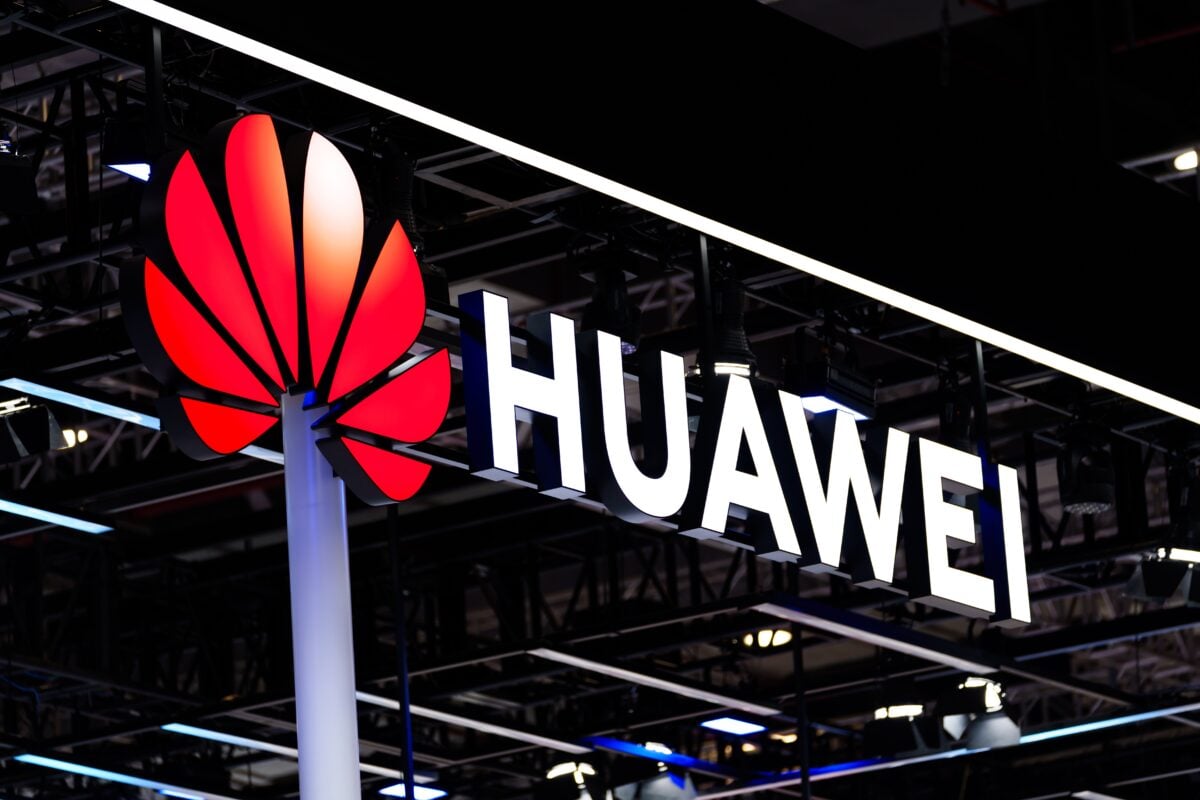TLDRs;
- Huawei plans to double Ascend 910C AI chip production in 2025, targeting 600,000 units to meet rising demand.
- Nvidia’s chip sales in China have stalled amid U.S. export restrictions, opening opportunities for domestic rivals.
- Huawei is rolling out massive AI infrastructure, including superpods and interconnect systems, to rival Nvidia’s computing clusters.
- A long-term chip roadmap through 2028 aims to solidify Huawei’s role as China’s leading AI hardware supplier.
Huawei is stepping up its artificial intelligence (AI) push by announcing plans to double production of its flagship 910C Ascend AI chips in 2025.
Sources indicate the Chinese tech giant aims to manufacture around 600,000 units next year, a significant increase from its 2024 output. By 2026, Huawei expects its entire Ascend chip line to reach as many as 1.6 million dies, marking one of the company’s most aggressive scaling efforts yet.
The move comes as demand for AI computing surges across China, with companies like Alibaba and DeepSeek relying heavily on Huawei’s chips for training advanced large-scale models. Partnering with Semiconductor Manufacturing International Corp. (SMIC), Huawei has ensured steady supply even as U.S. sanctions restrict its access to the latest global semiconductor technology.
Nvidia Faces a Setback in China
While Huawei strengthens its domestic AI presence, U.S. chip giant Nvidia is facing a starkly different reality. Once a dominant supplier of GPUs in China, Nvidia shipped about one million H20 chips in 2024. However, sales have since dried up, with no shipments reported in the most recent quarter.
The slump follows tighter U.S. export restrictions that prevent Nvidia from selling its most advanced chips in China.
Even as Nvidia’s GPUs continue to lead globally with their 4nm technology, Chinese companies have been forced to pivot toward alternatives, creating an opening that Huawei is now moving quickly to fill.
Building Out AI Infrastructure
Huawei’s chip expansion is part of a broader strategy to position itself as the backbone of China’s AI ecosystem. Earlier this month, the company unveiled new AI infrastructure, including its SuperPoD Interconnect technology, which links up to 15,000 Ascend processors.
This system is being pitched as a domestic replacement for Nvidia’s NVLink, which has long been considered the gold standard for connecting thousands of GPUs in large-scale training clusters.
Just last week, Huawei also announced a line of computing clusters designed to rival Nvidia’s AI supercomputers. These include the Atlas 950 and Atlas 960 superpods, as well as massive superclusters that could eventually harness over one million Ascend NPUs by 2027. Such infrastructure is seen as crucial to maintaining China’s AI progress despite ongoing restrictions on Western hardware imports.
Looking Ahead
Huawei is not stopping with the 910C. The company has laid out a long-term roadmap that extends through 2028, beginning with the launch of its upgraded 950DT chip in late 2026. Following that, the Ascend 960 and Ascend 970 are scheduled to roll out through 2028, each promising better performance and efficiency.
Although Huawei’s chips currently use 7nm process technology, lagging behind Nvidia’s 4nm GPUs, the company is betting that scale, infrastructure, and domestic demand will outweigh the node gap.
If successful, Huawei could cement itself as the default AI hardware provider in China, reshaping the global competitive landscape in the process.





